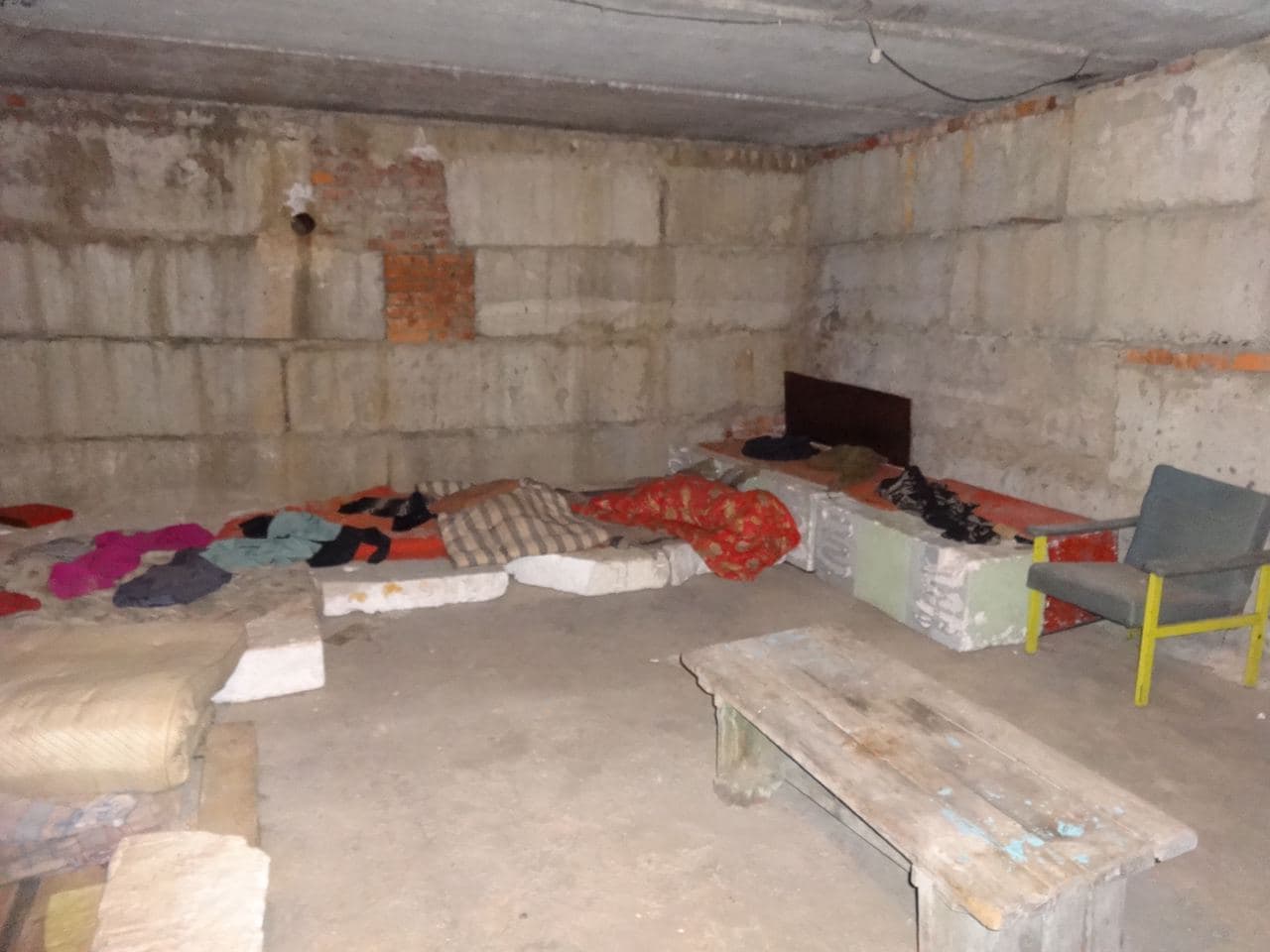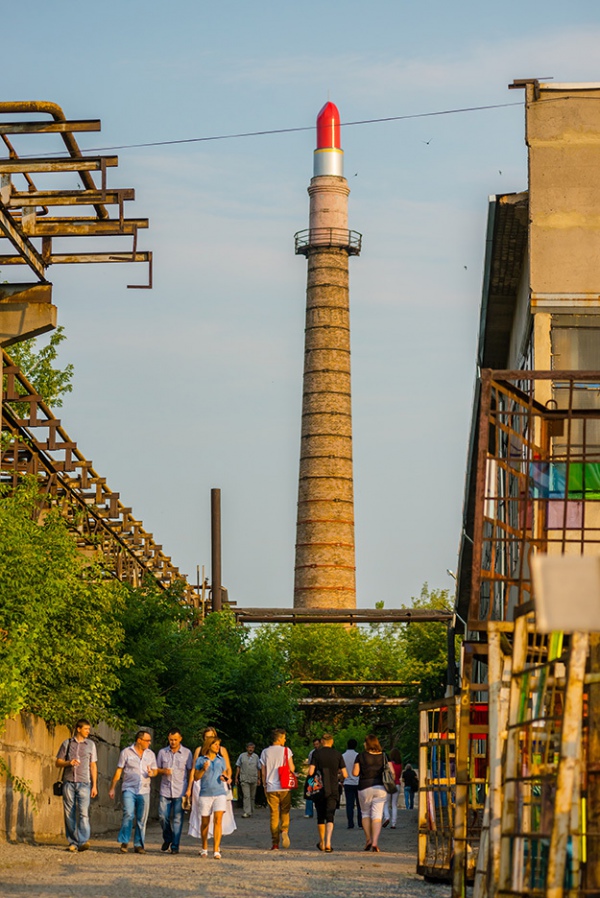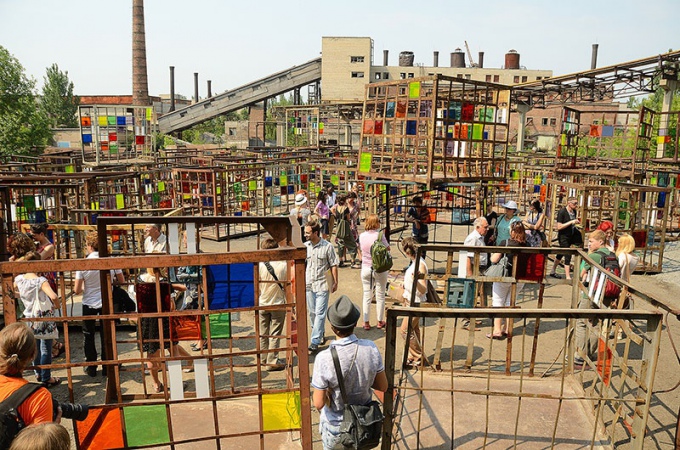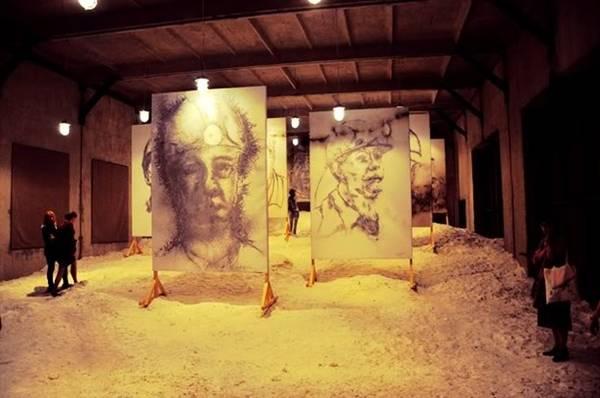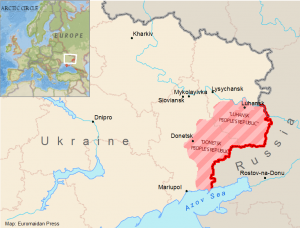 Izolyatsia (“isolation” or "insulation") is the name of an art center that emerged at the deserted Insulation Materials Plant in the East-Ukrainian city of Donetsk a few years before the Russian invasion of the region. In 2014, amid the unfolding occupation of the Ukrainian region, Russian-hybrid forces seized Izolyatsia and established a secret prison on the center's premises.
The jail remains active to this day. "People who were unlucky to end up there now call the location a torture chamber, a concentration camp, or even hell," the online newspaper Ukrainska Pravda wrote earlier.
Despite many testimonies of former prisoners, up until now, only pre-2014 photos of Izolyatsia were available online, taken when it was still an art center or a factory.
Now, the anonymous Telegram channel @traktorist_dn has published several photos of the prison allegedly taken in 2017-2018, as well as multiple pages of the prison's visitor log dated as 2016. The photos feature neither guards nor prisoners, only locations and equipment of the so-called "MGB DNR" (the Russian-run "Ministry of State Security of the Donetsk People's Republic").
The following text is the abridged translation of two articles by RFE/RL's Donbas.Realii supplemented by additional images published on the mentioned Telegram channel.
Izolyatsia (“isolation” or "insulation") is the name of an art center that emerged at the deserted Insulation Materials Plant in the East-Ukrainian city of Donetsk a few years before the Russian invasion of the region. In 2014, amid the unfolding occupation of the Ukrainian region, Russian-hybrid forces seized Izolyatsia and established a secret prison on the center's premises.
The jail remains active to this day. "People who were unlucky to end up there now call the location a torture chamber, a concentration camp, or even hell," the online newspaper Ukrainska Pravda wrote earlier.
Despite many testimonies of former prisoners, up until now, only pre-2014 photos of Izolyatsia were available online, taken when it was still an art center or a factory.
Now, the anonymous Telegram channel @traktorist_dn has published several photos of the prison allegedly taken in 2017-2018, as well as multiple pages of the prison's visitor log dated as 2016. The photos feature neither guards nor prisoners, only locations and equipment of the so-called "MGB DNR" (the Russian-run "Ministry of State Security of the Donetsk People's Republic").
The following text is the abridged translation of two articles by RFE/RL's Donbas.Realii supplemented by additional images published on the mentioned Telegram channel.

"Now you can see unique shots: a photo showing the general view of the Izolyatsia premises, cells for prisoners (the first floor with prison bars), and the exercise yard surrounded by barbs, where we were taken out in the mornings for 5-7 minutes. ... It seems that those who still have brains in its administration have finally realized that this subject is going to turn for them in the near future into international investigation and a trial on our [Ukrainian] part, and 'nullifying' them by their FSB 'brothers,' in this case. So they decided to earn an indulgence. UPD: Plus a photo of a table for torture in the basement, with Scotch tapes and tapik," Stanislav Aseev wrote (the "tapik" is an old-school military field phone Ta-57, widely used for electrocuting prisoners by Russian-hybrid forces in the Donbas, - Ed.).

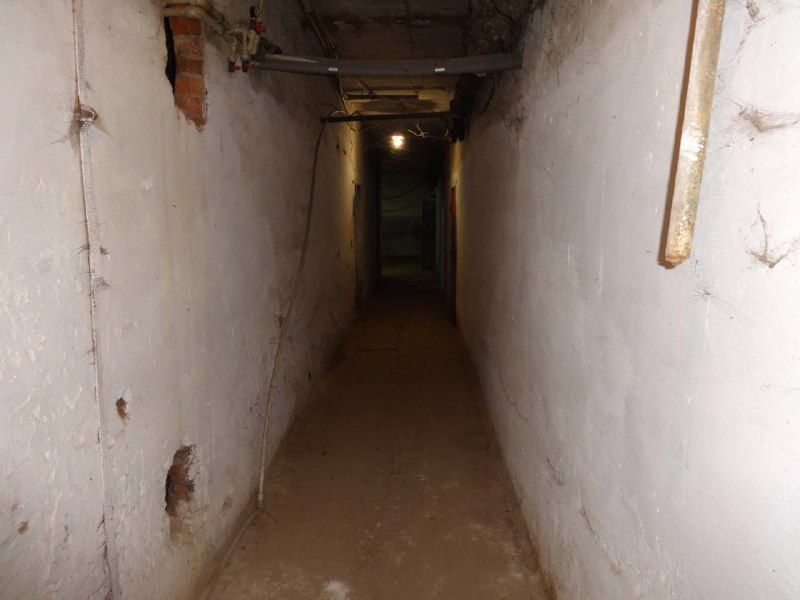
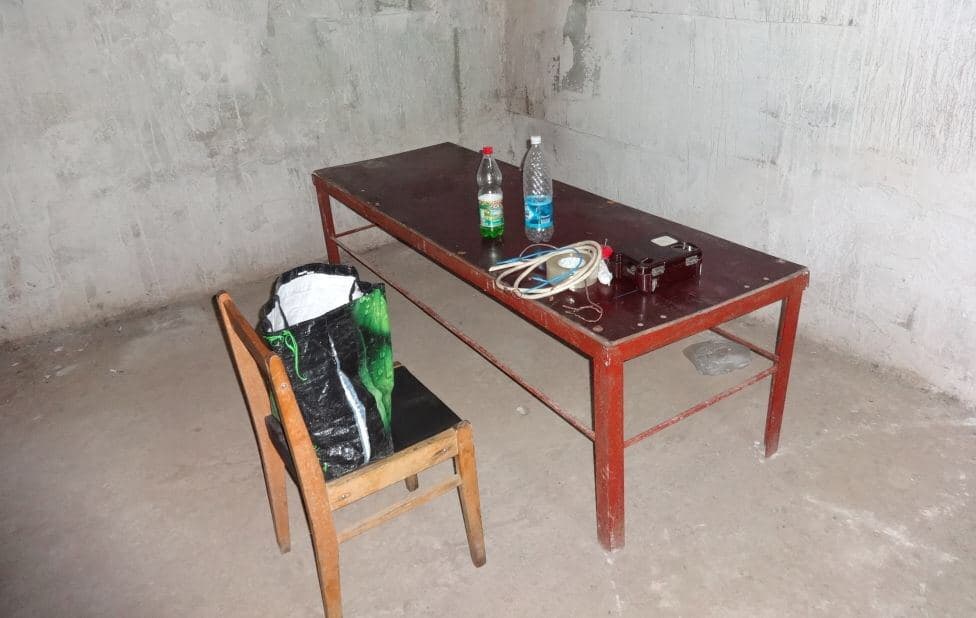


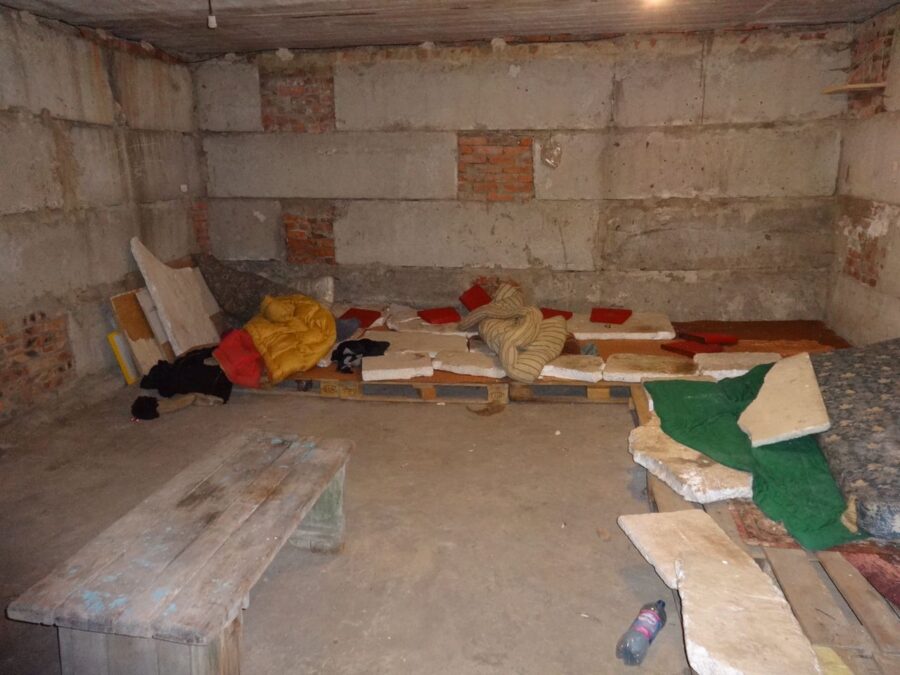
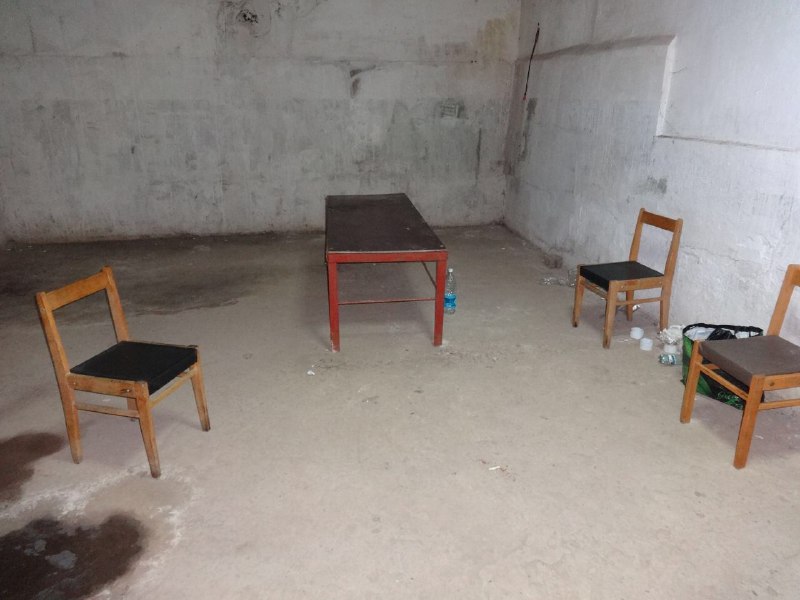

This is how the Izolyatsia looked prior to the war when it was a factory and then as an art center:



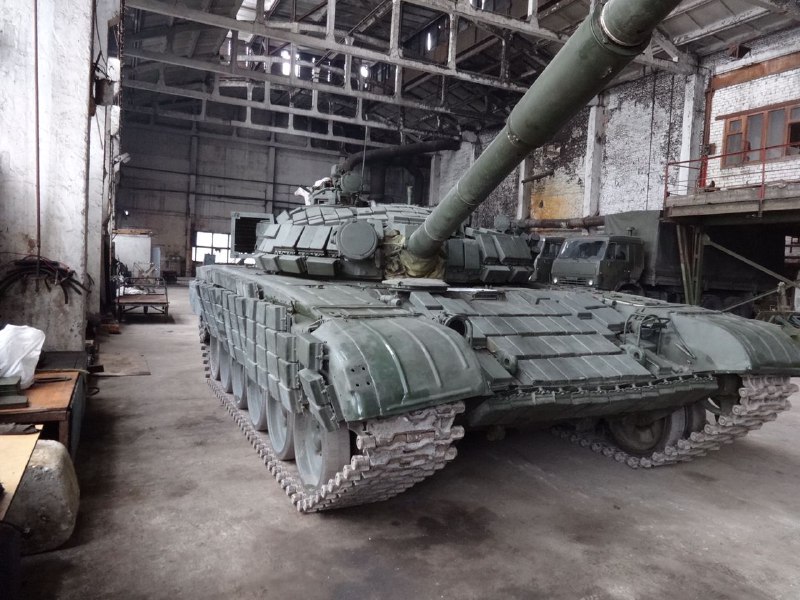


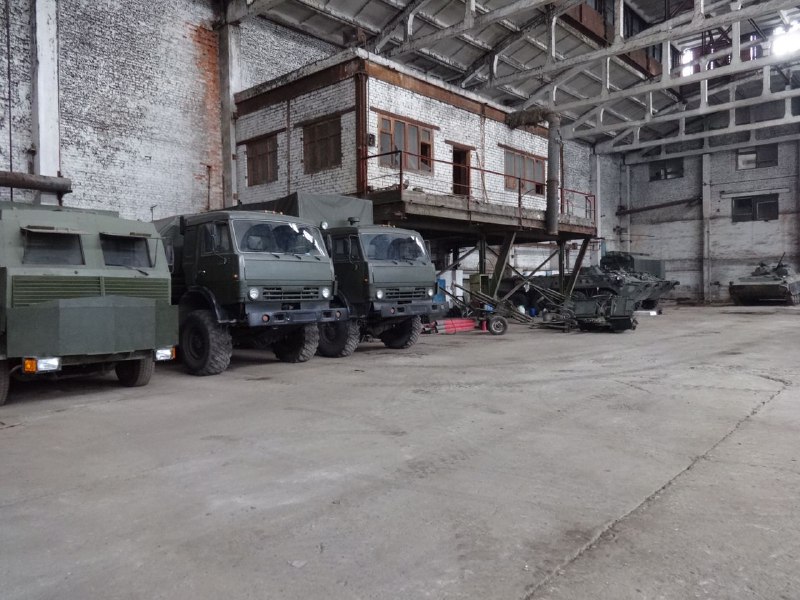

“This is not a riot within the system. Most likely, this is some kind of clan confrontation. There is no unity. When I was held hostage, even I heard information about the confrontation between the special operations service, the base of which is Izolyatsia, and, say, the anti-terrorism department. And so on,” says Pechonkin.The real goals of the Telegram channel are going to remain secret and it's not worth thinking that a prisoner of Izolyatsia could have taken the photographs - the hostages have no equipment to take them and they have no way to transfer them, says Pechonkin.

“At Izolyatsia, as you may know, there are not only Ukrainian soldiers and people with a pro-Ukrainian attitude but also many people who were simply 'appointed' as spies and Ukrainian agents. Including even those who fought 'on the DNR side' - the militants themselves," Kazansky commented to Donbas.Realii.Kazansky believes that some DNR member doesn't like the existence of such a secret prison and now they are trying to draw attention to it with the help of publications in order to shut down the prison.
“These photographs could have been taken by a person who came there with an inspection. Or someone who came to settle about some prisoner. But in any case, this is an attempt to raise a topic that is inconvenient for the DNR members and to force them to shut down Izolyatsia,” he says.
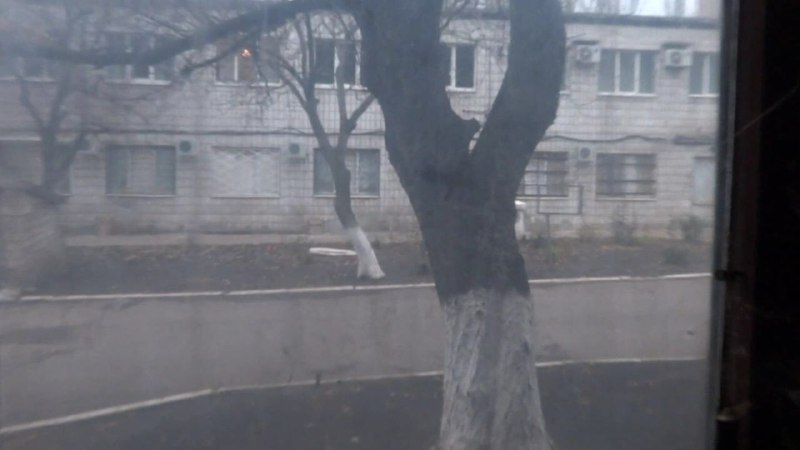

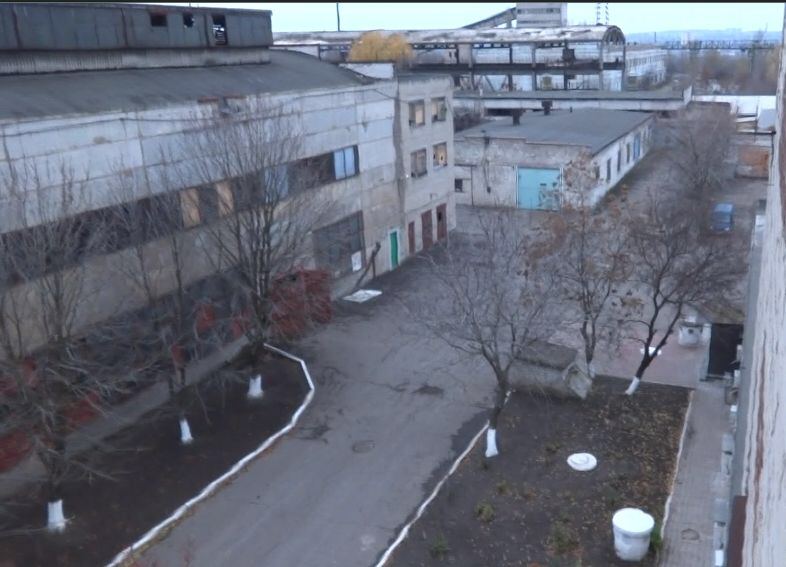
At the moment, Ukrainian law enforcement officers have identified five people who committed crimes in Izolyatsia, says Andrey Leshchenko, head of the Prosecutor General Office's department for supervision of criminal offenses committed in the context of an armed conflict. In total, according to law enforcement officials, there were about fifty such people.
Read more:
- Donetsk art center turned into concentration camp: former hostages share their memories
- I survived the basement prisons of the “Luhansk People’s Republic.” Here is what I saw. Part 1
- I narrowly escaped death in dungeons of the “Luhansk People’s Republic.” This is what saved me. Part 2
- Displaced art. The IZOLYATSIA art center, having fled occupied Donetsk, flourishes in Kyiv
- “Russians taught how to torture.” Ex-captives of Donbas “republics” share horrors of basement prisons
- BBC: How the “DNR” special services & troll factory scare Russians with terror attacks
- Prisoner exchange between Ukraine and Russian occupation authorities in Donbas underway – PHOTOS
- Ukraine swaps 127 prisoners including defendants of Maidan massacre to 76 Ukrainians held in occupied Donbas
- Ukrainian civil resistance to Russian occupation in Donbas
- Human rights NGO reports on 119 known hostages behind bars in occupied Donbas
- Torture and humiliation: freed Ukrainians talk about Donbas captivity
- “Our men are rotting alive!”- say wives of Ukrainian POWs held in “DNR/LNR”
- Largest prisoner swap in Donbas: 73 Ukrainians released from captivity of Russian-run “republics”

